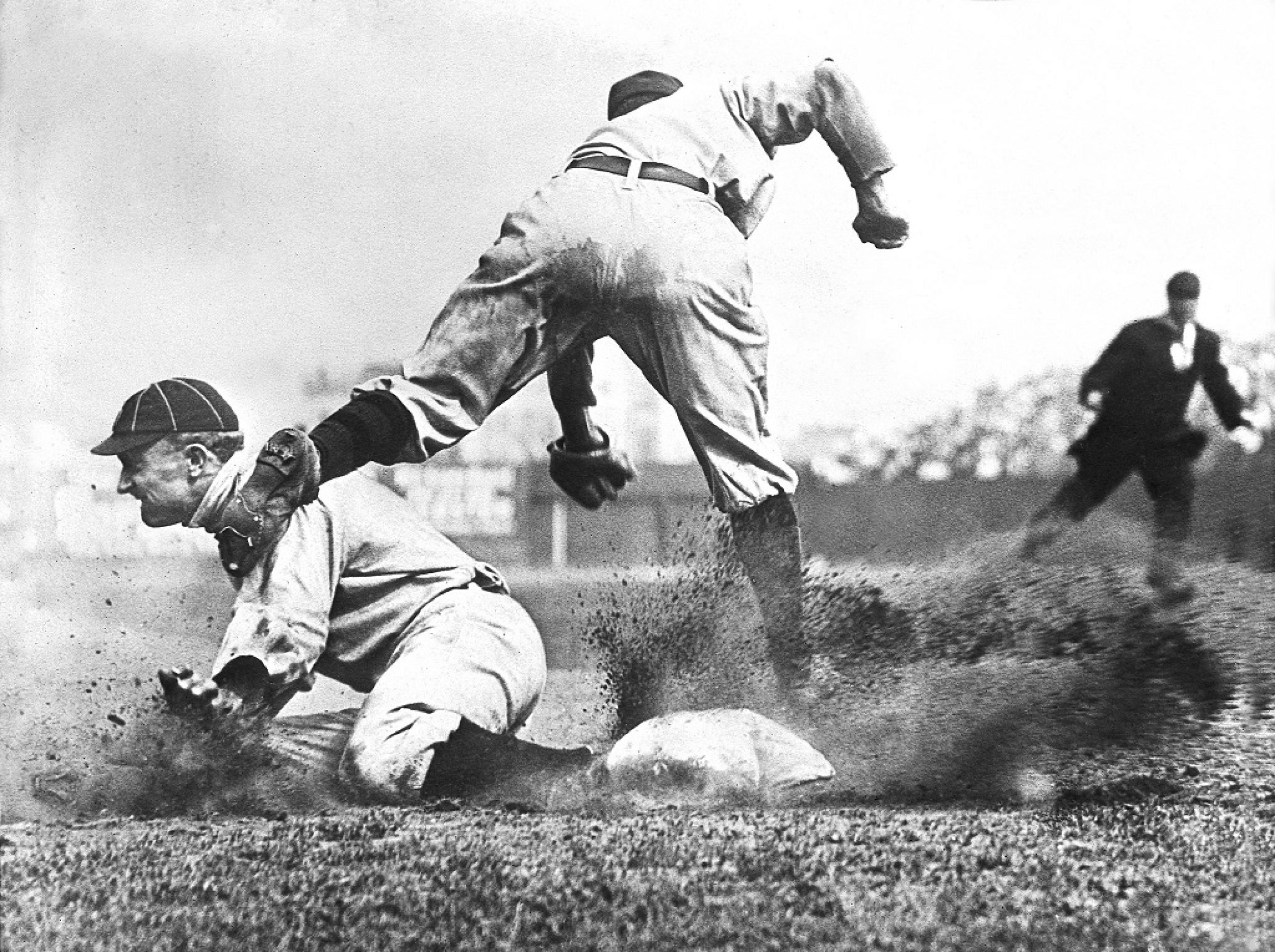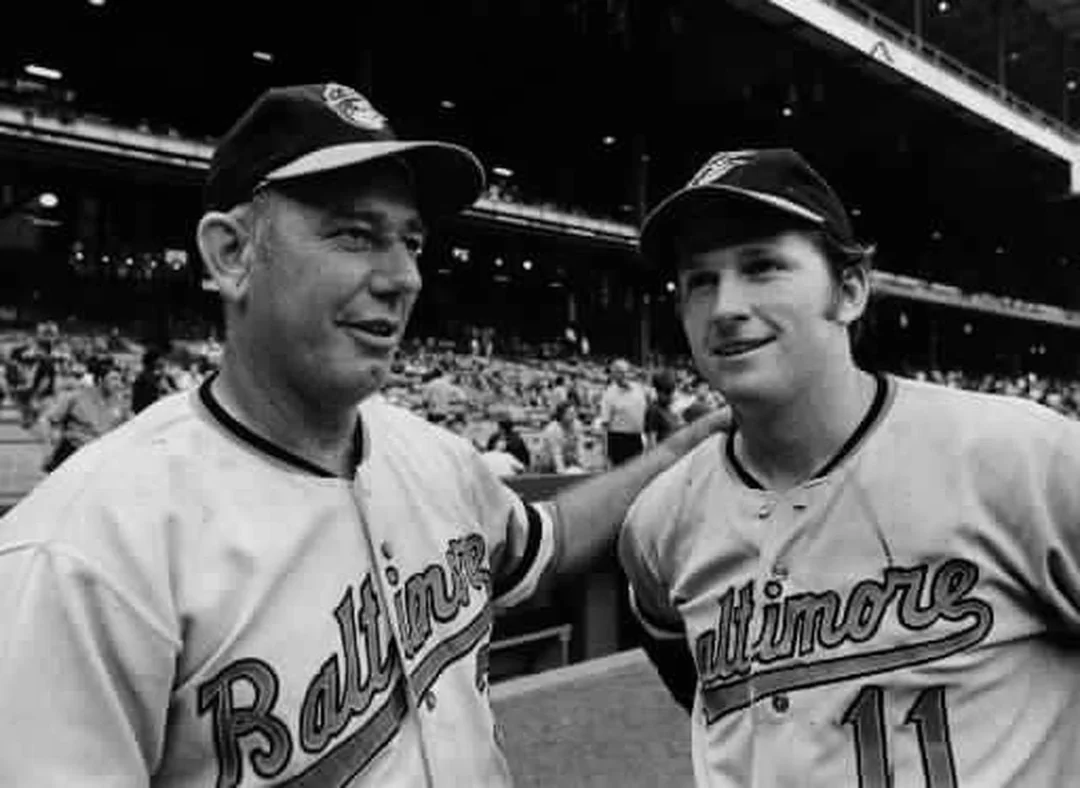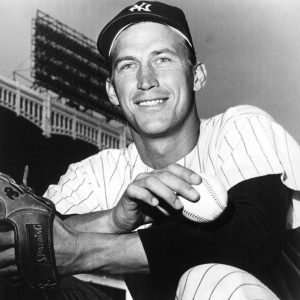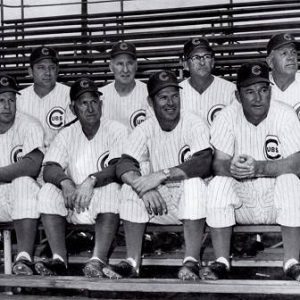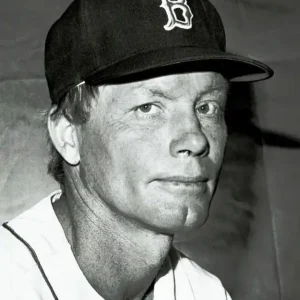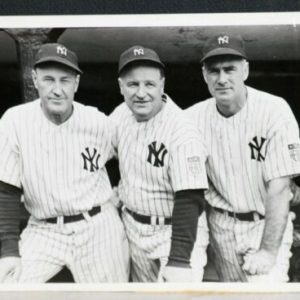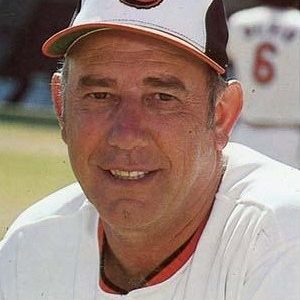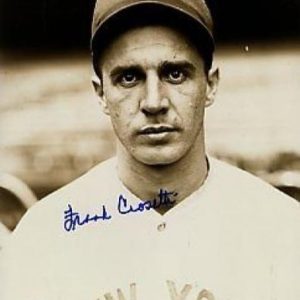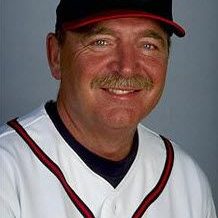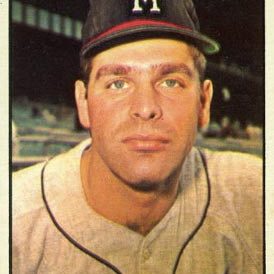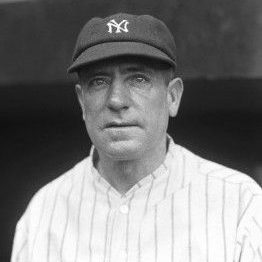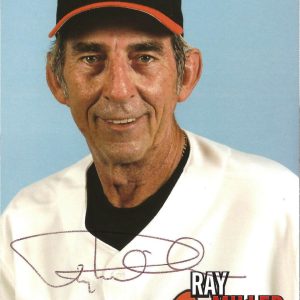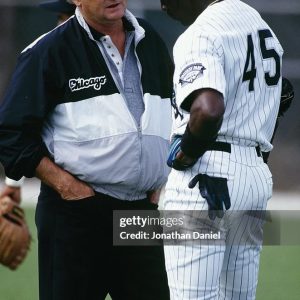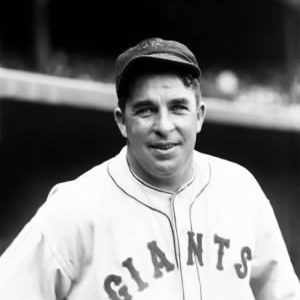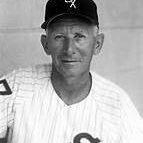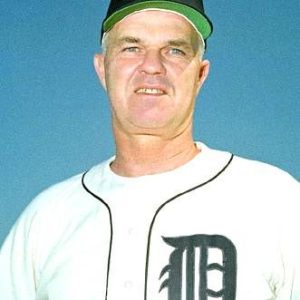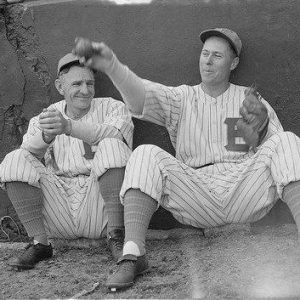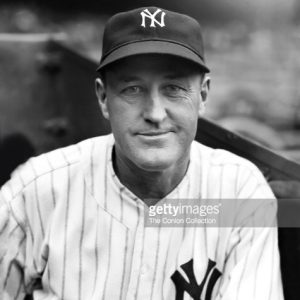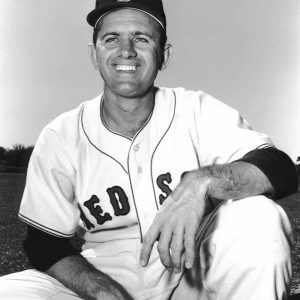Baseball History Comes Alive Now Ranked #2 by Feedspot Among All Internet Baseball History Websites and Blogs!
Guest Submissions from Our Readers Always Welcome!
Visit the Baseball History Comes Alive Home Page
Subscribe to Baseball History Comes Alive
Free Bonus for Subscribing:
Gary’s Handy Dandy World Series Reference Guide
“Salute to Baseball Coaches” Photo Gallery
If there’s one group in baseball that’s severely overlooked, it’s the many coaches who have had a major impact on the game. In the past, some of our readers have suggested that there should be a coaches wing in the Hall of Fame. I agree. After all, there is a sportswriters wing, an executives wing, and an umpires wing. Why not one for coaches? Anyway, Vince Jankoski returns today with an interesting essay on a coach who definitely left his mark on the game, George Bamberger. If you’re like me, you didn’t know much about him before, but you’ll learn a lot from what Vince tells us today. In the featured photo, we see George Bamberger with Oriole player Terry Crowley.
Baseball’s Most Overlooked Group: Coaches
Let’s Remember George Bamberger
Contemporary major league teams have coaches, lots of coaches: batting coaches, catching coaches, pitching coaches, etc. One must wonder (1) how did teams survive before coaches proliferated and, more importantly (2) do all of these coaches improve the quality of play? For example, Charlie Lau was the hitting instructor for the Kansas City Royals from 1971-1978. During most of that period of time, he coached George Brett. Lau was a career .255 hitter with 16 lifetime home runs over 11 seasons. George Brett had a Hall of Fame career. What could Charlie Lau conceivably teach George Brett about hitting? Lau had a system. Maybe it worked. Maybe Brett would have been a career minor leaguer but for Lau’s coaching. By contrast, Rogers Hornsby, one of the greatest hitters of all time, was the hitting coach for the 1962 Mets. That didn’t work out too well, did it?

That brings us to another George, George Bamberger. Bamberger was the long-time (1968-1977) pitching coach of the Baltimore Orioles. In the six-year span of 1969-1974, the O’s won five division titles, three pennants, and a World Series. During his tenure, the team had 18 twenty-game winners, seven in 1970 and 1971 alone, and won four Cy Young awards. Surely, Bamberger had talent to work with (Jim Palmer, Dave McNally, Mike Cuellar, and even Mike Torrez), but he also got 20-win seasons out of Wayne Garland and Pat Dobson. Bamberger is credited with reviving the careers of Jim Palmer and Dave McNally after both pitchers struggled with sore arms after brilliant seasons in 1966.
Bamberger’s major league career as a player was nearly non-existent. He pitched briefly in three seasons: 1951 and 1952 with the New York Giants and 1959 with Baltimore. He pitched in ten games (14 1/3 innings) all but one in relief. He had no record and an ERA of 9.42. He notched one save.
On the other hand, Bamberger’s minor-league stats are impressive. He toiled in the minors for 18 years winning 213 games, 188 of which came at the minors’ highest levels, the International League and the Pacific Coast League. He amassed 51 shutouts, 40 in the IL and PCL. He just could never reach the top rung of the game as a player.
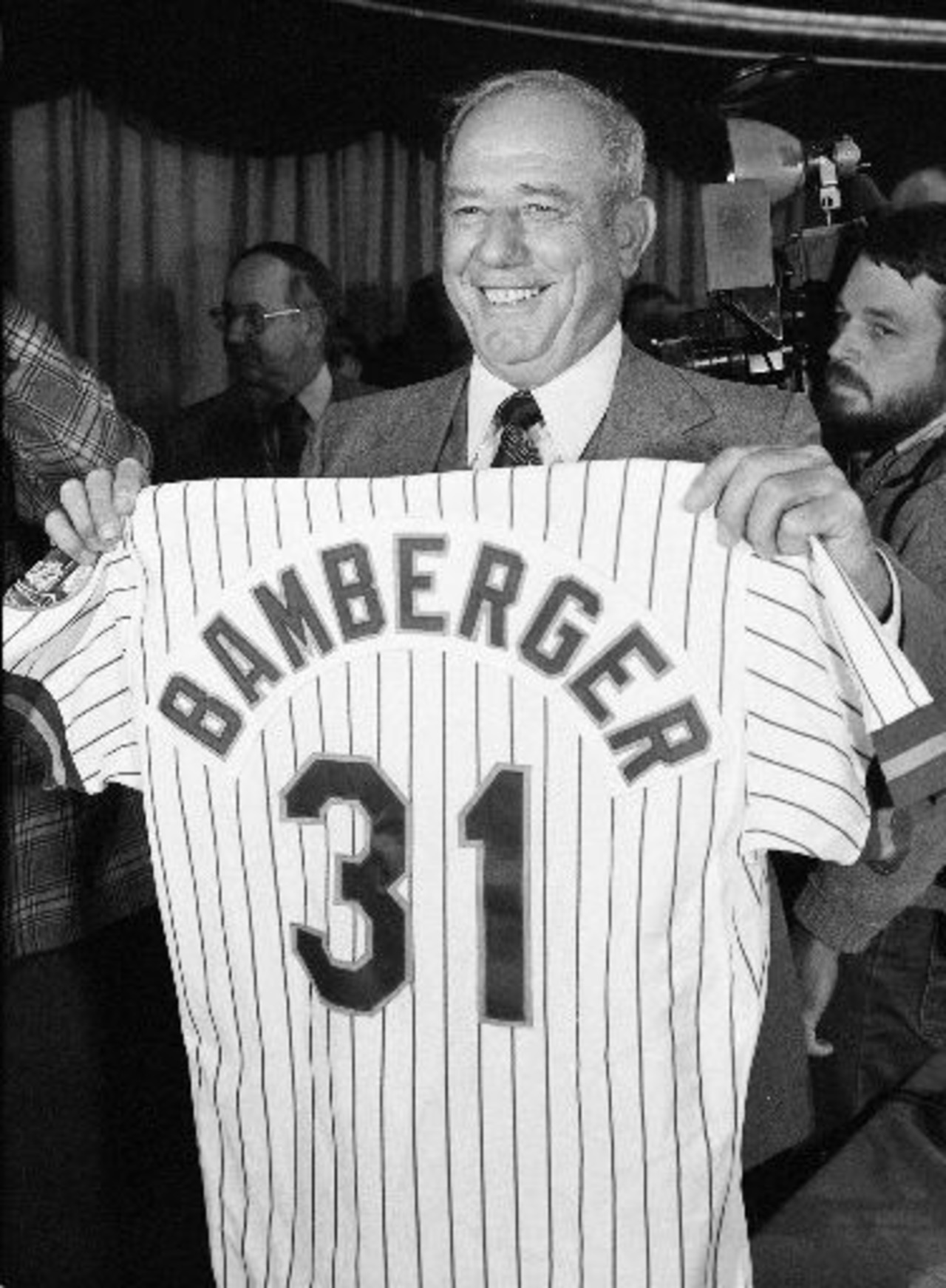
Bamberger’s real claim to fame has nothing to do with his playing career. It has been more than rumored that the soubriquet “Staten Island sinker” for spitball derives from Bamberger’s birthplace in New York City’s forgotten borough. That would suggest that Bamberger’s success as a pitching coach was at least in part due to his teaching members of his pitching staff how to do funny things with the ball. I can neither confirm nor deny this, and no player will admit to throwing an illegal pitch. The closest any player ever came to such an admission was Whitey Ford’s grinning response when asked if he ever threw a spitball: “My mother told me never to put my fingers in my mouth”. However, I will recount the following story.
I found myself in Baltimore’s Memorial Stadium on the last day (or maybe it was the next to the last day) of the season sometime in the mid-1980s. The divisional race was decided so the game was meaningless. Mike Flannagan was the O’s hurler. I sat directly behind home plate in about the eighth row courtesy of my office mate who was a long-time season ticket holder. In the bottom of the seventh inning, it was clear that Flannagan was done for the day and the season. He was facing his last batter for the game and the year. There were two outs and one strike on the batter. Flannagan’s offering came in without spin – and completely dropped off the table. The batter swung and missed. My office mate, who knew much more about inside baseball than did I, proclaimed “That was a spitball”. Next pitch, same result. I could offer no contrary explanation.
Now, the peak of Flannagan’s career came after Bamberger left Baltimore to manage the Milwaukee Brewers. However, Flannagan’s time in Baltimore overlapped with Bamberger’s early in Flannagan’s career. I’m just saying.
Bamberger had mixed results as a manager. He had two 90+ win seasons in his first two years in Milwaukee but suffered a heart attack in spring training 1980. He returned later in the year but resigned following the season. His first tour of duty in Milwaukee resulted in a respectable 235-180 (.566) record. Bamberger came back to manage the rebuilding Mets in 1982. He managed the Mets for all of 1982 and 46 games into 1983 when he resigned. His record with the Mets was 81-127 (.389). He returned to the Brewers for a second, less successful, stint in 1985. He managed them for that season and most of the next, amassing a record of 142-171 (.453) before retiring for good at age 62.
As far as I know, George Bamberger never admitted teaching the spitball. For what it is worth, the only evidence I have is that late-season game in Memorial Stadium.
Vince Jankoski
We’d love to hear what you think about this or any other related baseball history topic…please leave comments below.
Subscribe to Baseball History Comes Alive. FREE BONUS for subscribing: Gary’s Handy Dandy World Series Reference Guide. https://wp.me/P7a04E-2he
